The beaches on the southern shores of Seil are made of nothing but slate – the slabs make chinking sounds as you cross the great piles of them to reach the sea. Only now and again there’s a flash of gold as a cube of iron pyrites buried in one of the slabs catches the sun. Kristina finds these beaches strangely beautiful: I am too aware of their grey eeriness. But for any boy of a certain age, this is a perfect place for skimming stones, that’s for sure.
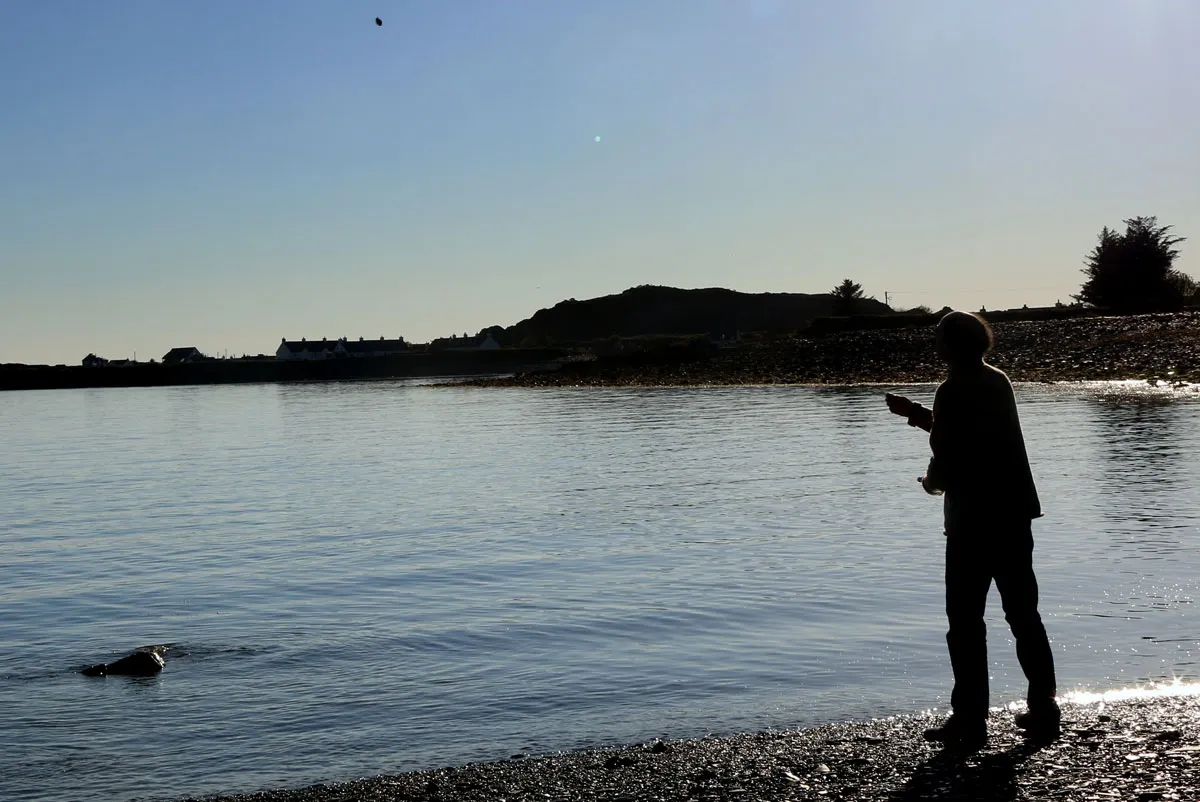
When you stand here and gaze out at the surrounding islands to the south: Luing, Belnahua and Easdale – you’re looking at a story of slate. Villages were built to house the slate workers: clamshell-like clusters of low white dwellings that are now mainly holiday cottages. It’s often said that these were the islands that roofed the world, and many’s the ship that came in to the south end of Seil, to the now worn away pier whose skeletal structure still stands between our island and the neighbouring landfall of Easdale, to load up with another consignment of slate. It must have been a harsh life indeed, chiselling away on the slate cliffs as the wind and the waves drove in from the Atlantic.
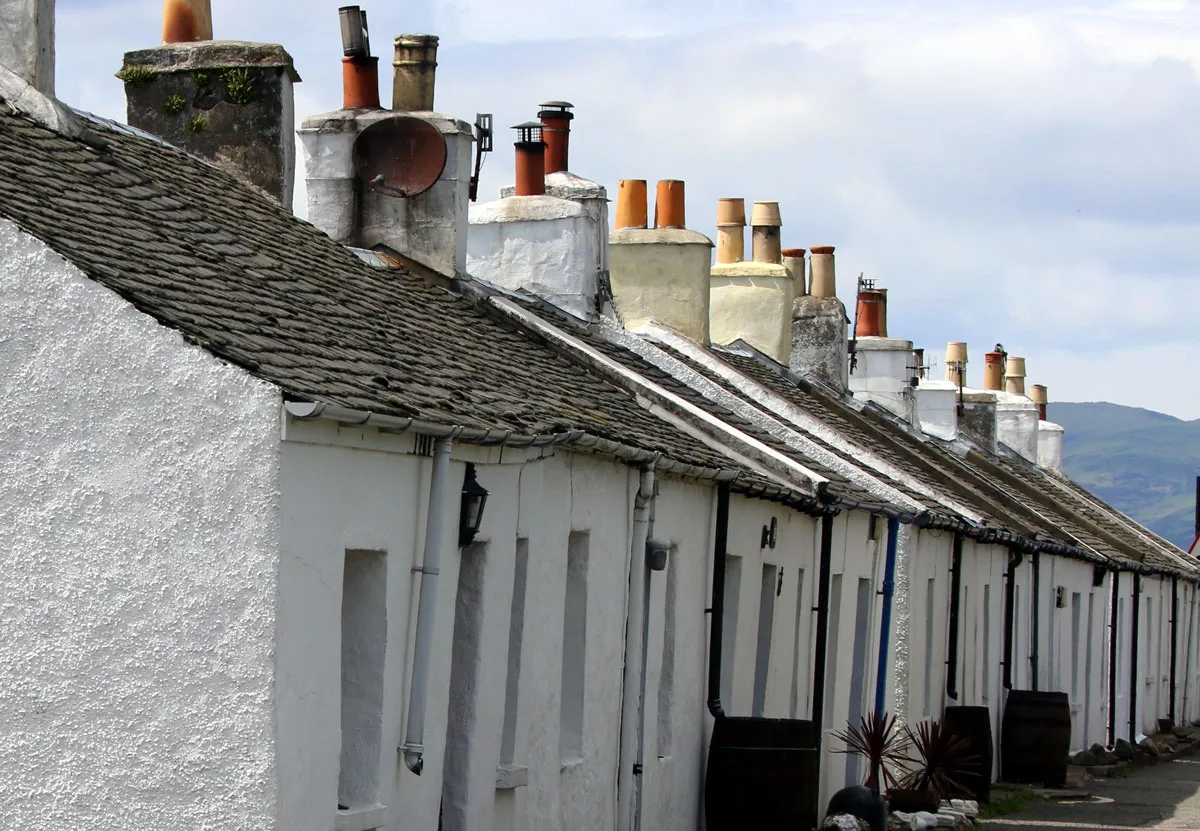
Down in Ellenabeich, the little settlement that’s made of these former miners’ dwellings, one cottage has been turned into a tiny museum to honour this chapter in the Isle of Seil’s story, and that of the neighbouring islands. There are fine pictures of men working the slate and representations of the deep pits that were dug. The little rooms of the former dwelling remember other chapters in the Seil story, but first and foremost they honour this one, and for good reason.
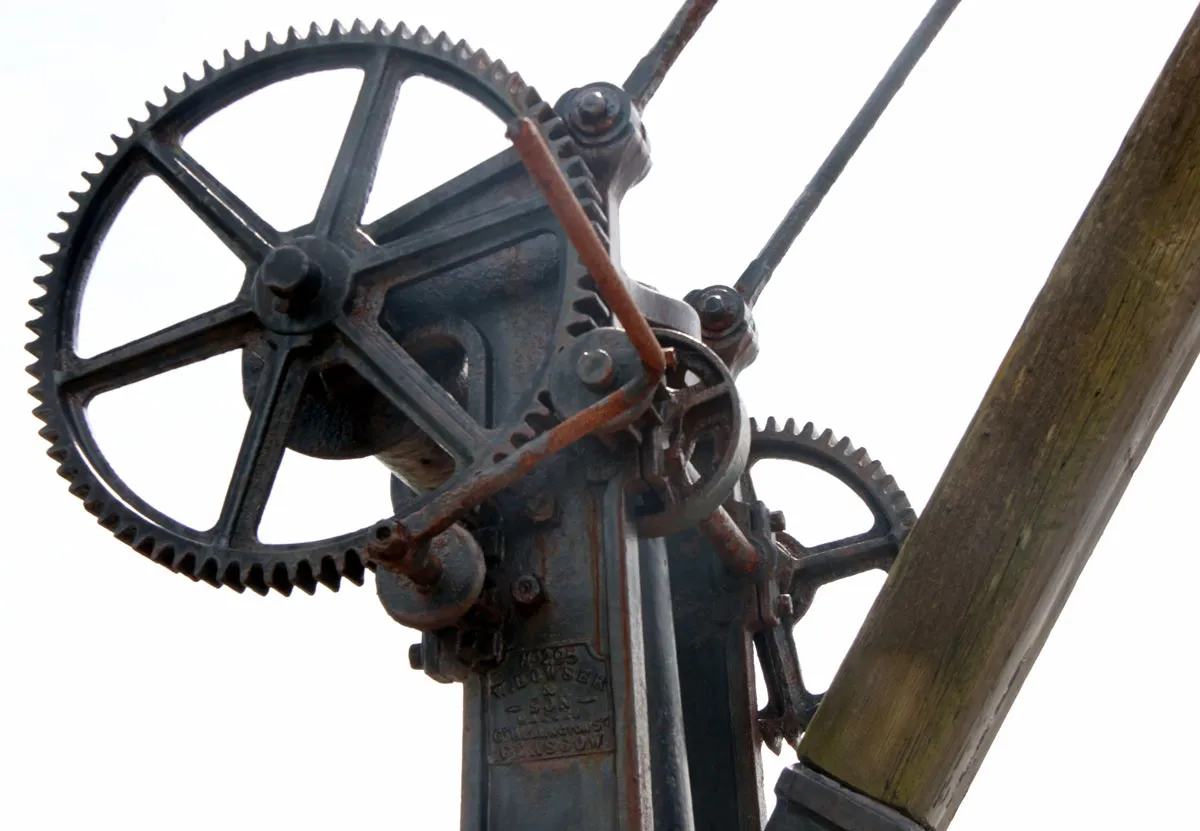
At Ellenabeich the pit they dug had reached a depth of over 200 feet by 1880 – well below sea level. It was the same storm that brought down the Tay Bridge in Dundee in the November of 1881 that allowed the sea to breach the defences and flood the pit. Mercifully the storm came through the night so not a single miner’s life was lost, but it certainly put an end to the slate mine and left many a family in poverty for long enough.
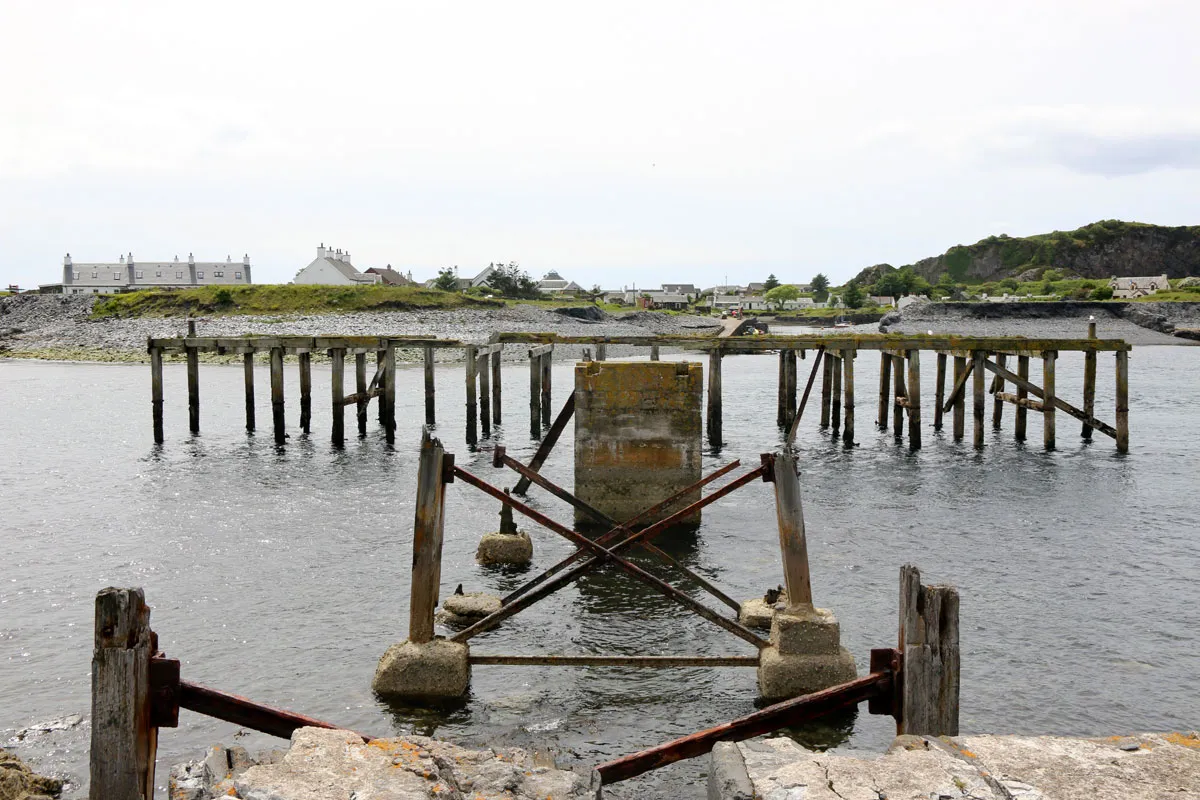
The slate has long since been left in peace, here and on the other slate islands. What remains are the ghosts of the story: the great crane that stands by the harbour in Ellenabeich, and the many deep and foreboding pools of water which mark the places where the scoops of slate pits lay.
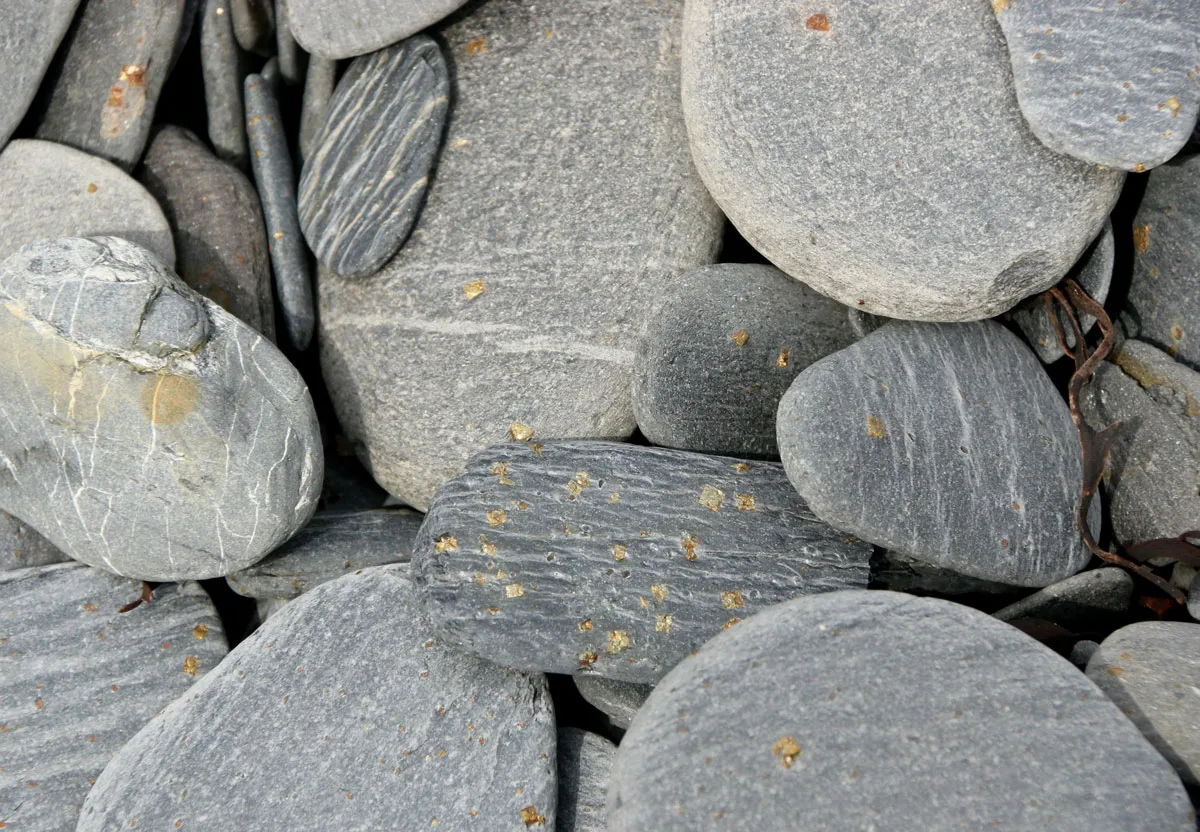
One thing’s for sure: when human beings leave a place in peace then nature returns. And it has done in abundance – these waters around the little slate islands are rich in bird and marine life: the fishing is still good. When Kristina and I were last down in Ellenabeich, parked at the very end of the road looking out over the island of Easdale, I caught the flash of a bird stooping in to the cliff at the very southernmost edge of our island. I wasn’t certain for a moment and then I saw it again, hanging high in the air now and hovering on the wind. A peregrine falcon.
You can read Kenneth's previous blog here